Steeped in Tradition: Exploring the Fascinating History of Tea
The History of Tea
Listen to Rachel and Jake discuss the fascinating history of tea:
The history of tea is uniquely captivating, drawing equally upon fact and myth to tell its enchanting tale. Today we’ll go on a fascinating journey through time as we explore the rich tapestry of tea’s history, its cultural significance, and the delightful experiences this beloved beverage offers. From its ancient origins to modern-day trends, there is much to uncover about tea’s fascinating past.
We are a participant in the Amazon Services LLC Associates Program, an affiliate advertising program designed to provide a means for us to earn fees by linking to Amazon.com and related sites. This post may contain affiliate links which means we may receive a commission, at no cost to you, for purchases made using our links. Please see my disclosure to learn more. Unless otherwise stated, all prices are in US$.
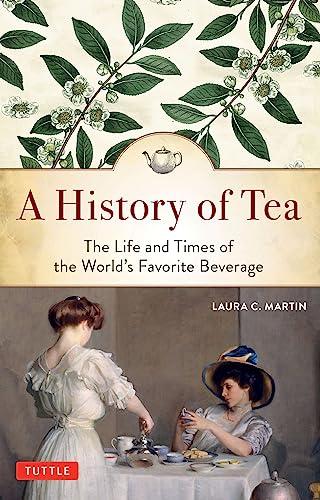
A History of Tea
A History of Tea tells the compelling story of the rise of tea in Asia and its eventual spread to the West and beyond. From the Chinese tea houses of the ancient Tang Dynasty (618-907) to the Japanese tea ceremonies developed by Zen Buddhist monks, and the current social issues faced by tea growers in India and Sri Lanka–this fascinating book explores the complex history of this universal drink.
Introduction to History of Tea
Tea is a beverage made from the leaves of the Camellia sinensis plant and has been enjoyed by many people across the world for thousands of years. Its story begins in ancient China, where it was said to be discovered completely by accident over 5,000 years ago.
Ancient Legends and Mythology About Tea
The Chinese Legend of Emperor Shennong
According to Chinese legend, the mythological Emperor Shennong, known as the “Divine Farmer” in Chinese mythology, was sitting beneath a Camellia sinensis tree when a few leaves fell into his cup of boiling water. Intrigued by the lovely aroma, he took a sip and found it refreshing and invigorating. This serendipitous moment marked the beginnings of tea.

Bodhidharma and His Magical Eyelids

Another significant figure in the history and mythology of tea is the semi-legendary Buddhist monk, Bodhidharma.
Legend has it that Bodhidharma went to Mount Song where he decided to gaze at a wall for nine long years. One day he fell asleep during his meditations, which left him feeling disgusted with his lack of focus.
To make sure it would never happen again, Bodhidharma cut off his eyelids and threw them on the ground. The tea plant Camellia sinensis then started growing where his eyelids had fallen.
Early Consumption and Cultivation
Tea consumption and cultivation gained popularity During the Tang Dynasty in China (618-907 AD). Tea was initially used for its medicinal properties, since it was believed to promote good health and aid digestion. However, it soon evolved into a beloved beverage enjoyed by people from all walks of life.
Tea in Ancient China
Tea’s popularity continued to grow in ancient China and it became more than just a beverage. It evolved into a symbol of status, taste, and hospitality. Tea houses started to emerge, providing a space for people to gather, socialize, and appreciate the art of tea preparation. Tea masters emerged, mastering the intricacies of brewing tea and elevating it into an art form.
Buddhist Monks and the Spread of Tea
As Buddhism spread throughout China, Buddhist monks played a vital role in cultivating tea and integrating it into their monastic practices. The tea plant has stimulant properties and it helped them stay awake during long periods of meditation, which enhanced their spiritual journey.
Tea in Japan
Tea took on a unique form in Japan and has become deeply rooted in their cultural practices.
The introduction of the tea ceremony, or “Chanoyu,” revolutionized the way tea was enjoyed. The ceremony emphasized mindfulness, tranquility, and the appreciation of simplicity.
Matcha is a powdered green tea and became the centerpiece of this tea ceremony. Matcha is well-known for its vibrant green color and rich flavor.

Tea’s Journey to the West
Tea’s popularity gradually spread beyond Asia. Dutch traders introduced tea to Europe in the 17th century, which captured the interest of the aristocracy. It was the British, however, who developed a profound affection for tea. They would go on to establish it as their national beverage.
The British Tea Trade
The British Empire played a significant role in the global tea trade. The East India Company, established in 1600, played a pivotal role in bringing tea to the British Isles. The company monopolized the tea trade with China and introduced tea as a popular beverage among the British population.

The dark connection tea has to the Opium Trade cannot be ignored. In the 19th century, the British East India Company began smuggling opium into China, which created a devastating addiction crisis. The profits from the opium trade were used to offset the tea trade’s imbalance, leading to significant conflicts and ultimately the Opium Wars.
Modern Tea Production
With the advent of industrialization, tea production underwent a grand transformation. The development of machinery enabled mass production, making tea more accessible and affordable to a wider range of people. Plantations emerged in various countries, including India, Sri Lanka, and Kenya, becoming major players in the global tea industry.


In recent years, there has been a resurgence of interest in specialty tea and the organic movement. Artisan tea growers focus on producing unique and high-quality teas, often with a focus on sustainability and environmental consciousness. This movement has allowed tea enthusiasts like myself to explore a vast array of flavors and rediscover the art of tea appreciation.
Tea Culture and Ceremonies Around the World
Tea has not only shaped history but also influenced the development of unique cultural traditions and ceremonies.
In Japan, the artful Japanese tea ceremony reflects the profound connection between nature, spirituality, and the appreciation of tea. On the other hand, the British tradition of afternoon tea is a delightful social occasion that combines elegance, pastries, and, of course, a steaming cuppa.
Modern Tea Trends and Varieties
In the modern era, tea has evolved into a diverse and dynamic beverage. Different varieties of tea have gained popularity, each with its own distinct flavors and characteristics.
Green tea, black tea, white tea, and oolong tea offer a spectrum of tastes and aromas. Additionally, herbal infusions and fruit blends provide delightful alternatives for those seeking unique flavors and health benefits.


Health Benefits of Tea
Beyond its delightful taste, tea offers a variety of different health benefits. That isn’t surprising when you remember that the Chinese traditionally used tea for its medicinal properties.
Rich in antioxidants, tea helps protect our bodies against free radicals and oxidative stress. Regular tea consumption has been linked to boosting the immune system, reducing the risk of chronic diseases, and promoting cardiovascular health. Moreover, the act of brewing and enjoying a cup of tea can be a soothing ritual, promoting relaxation and mental well-being.
Brewing the Perfect Cup of Tea
Brewing tea is an art that requires attention to detail. The temperature and steeping time play crucial roles in extracting the optimal flavors from the leaves.
Green tea benefits from lower water temperatures and shorter steeping times, while black tea requires higher temperatures and longer brewing periods. Investing in quality tea accessories and tools, such as tea infusers and kettles, can enhance the brewing experience.
Tea and Social Connection
Tea has always been more than just a beverage; it is a symbol of hospitality and an invitation for social connection. Sharing a cup of tea with others fosters a sense of warmth and camaraderie. Whether it’s a casual gathering with friends or a formal tea ceremony, tea provides an opportunity to bond, relax, and create cherished memories.

A Few Final Thoughts
Tea’s journey throughout history is a testament to its enduring appeal and cultural significance. From ancient legends to modern trends, tea continues to captivate our taste buds and enrich our lives.
As you embark on your own tea exploration, remember to savor each sip and appreciate the diverse flavors and traditions that make tea a truly remarkable beverage.

The True History of Tea
World-renowned sinologist Victor H. Mair teams up with journalist Erling Hoh to tell the story of this remarkable beverage and its uses, from ancient times to the present, from East to West.
For the first time in a popular history of tea, the Chinese, Japanese, Tibetan, and Mongolian annals have been thoroughly consulted and carefully sifted. The resulting narrative takes the reader from the jungles of Southeast Asia to the splendor of the Tang and Song Dynasties, from the tea ceremony politics of medieval Japan to the fabled tea and horse trade of Central Asia and the arrival of the first European vessels in Far Eastern waters.

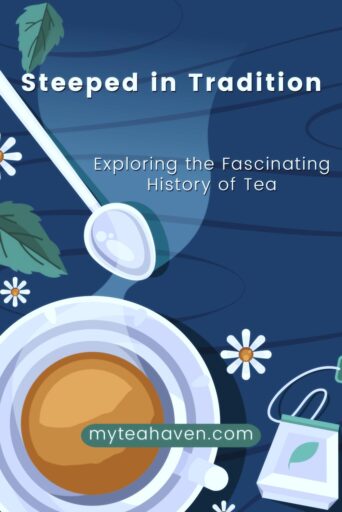
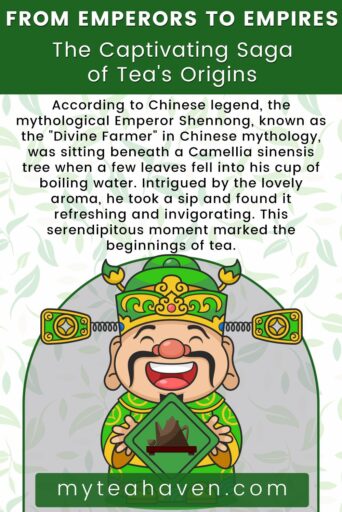
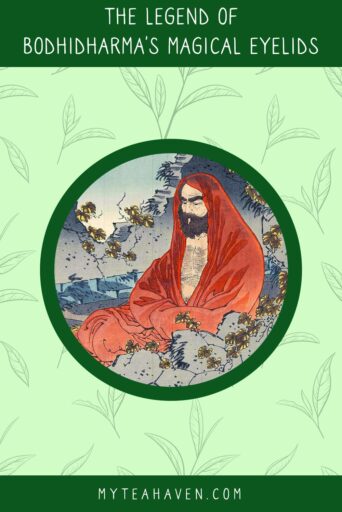
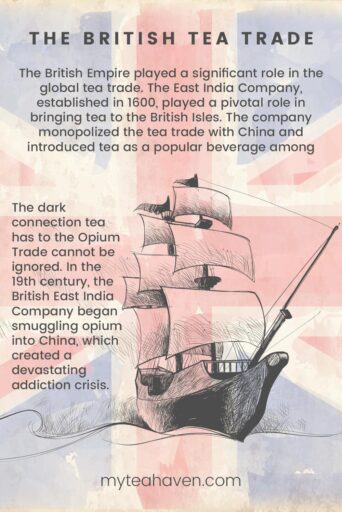




Comments are closed.